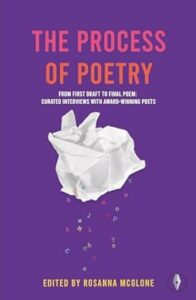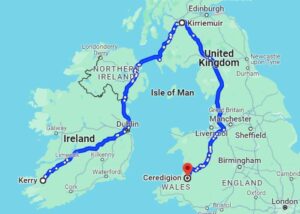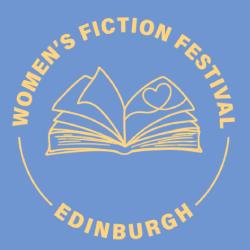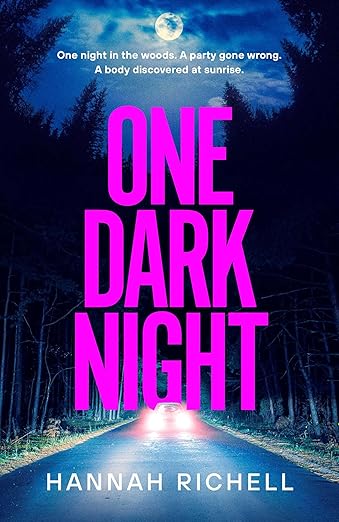The Locations and Process of Poetry
The Locations and Process of Poetry
When I was invited to join this Book Trail, I was initially a little hesitant fearing that my own eclectic offering would be somewhat disjointed offering neither Hardy’s Wessex, nor Lawrence’s Nottingham.

Process of Poetry
Yet in other ways, it is apposite that my non-fiction book, The Process of Poetry, should step along this path when at its heart, is journeying. In fact, by exploring the development of an early draft of a poem, into its final iteration, The Process of Poetry’s entire focus is on the journey. The book consists of fifteen interviews, with fifteen very different poets, whose own physical locations stretch from Kerry, in Ireland, to Kirriemuir in Scotland via a small holding in Ceredigion, Wales.
Ireland, Scotland and Wales

Paths of poetry
Of course, whilst on occasion the present location of the poet and their poem coalesces, this is frequently not the case. Here, the settings of the poems will be our guides on this voyage of discovery. I will focus on the following poems: Ortolan, by Pascale Petit, Chimneysweepers, by Liz Lochhead and Credit Due by Jacob Sam-La Rose.
Rue Ortolan
A street in Paris, a piece of wasteland in Glasgow, and a London chip shop provide settings for the three poems upon which I am going to concentrate.
Ortolan was inspired by a postcard from the Australian poet, Les Murray to Pascale Petit when she was in Paris, living just around the corner from a road called rue Ortolan. Like, I suspect, most of us, Petit had no idea what an ‘ortolan’ actually was. Murray explained that it was a bird, killed in a macabre, ritualistic way (think being held captive in the dark, then drowned in brandy) and that President Mitterrand, who was living on the same street as Petit, had eaten it as his last meal.
The poem itself explores the imagined journey of Petit’s father in his final hours. In doing so, Petit further conjures the taste of the bird whose life trajectory mirrors that of her father, thus tasting of heather from the Kabylie mountains, Marseilles salt air, and lavender from Provence.
Place is intricately woven into this poem, both because of the specific street and the unique French ritual. Moreover, Paris is also where the poem was written.
The place for flowers in Glasgow! -Glasgow Green
Glasgow
Liz Lochhead, a former Makar of Scotland, wrote her poem, Chimneysweepers, during the first lockdown of the Covid pandemic. It was inspired by a true story, which took place close to her apartment in Glasgow which Lochhead calls ‘Daisy Hill’ as, for a week or so at the end of May it is carpeted with big ox-eye daisies, marguerites. Marguerite, as we learn in the poem, is significant as it is also the name by which her father addressed her mother in his letters to her. Thus, a present-day young woman upon whom Lochhead bases the story, is inextricably linked with Lochhead’s own mother, as well as the poet’s own sense of mortality.
Glasgow green again!
Glasgow
At this time, Lochhead was keen to paint still life pictures, specifically of dandelion clocks, hence her encounter with the girl who, herself, was almost submerged ‘up to her oxters in ox-eye daisies’, making a bluebell chain. The girl called out to Lochhead, wanting to know what she was doing with a bunch of dead dandelions. The poem enabled Lochhead to create a sense of place, not merely through the realistic landscape, but also through the language of the poem which includes dialect words, as in the italicised example above.
Charlton, London
Our final poem, Credit Due, began its life in Charlton, London, in poet Jacob Sam-La Rose’s- then- local chip shop. This is where La-Rose, as well as many other youths, played on an arcade game in the corner of the shop, pumping in coins, in exchange for ‘lives’. This visceral image from the mid-Nineties, moved on to The Trocadero Centre and Namco Wonder Park behind Piccadilly Circus as La-Rose sought to capture the sense of a place of gathering, not just for the gaming, but for the shared experience. However, in later drafts, the poem moves beyond a mere sense of place to explore our rituals and the cornerstones of our beliefs. How do those rituals and beliefs help us to cope with our everyday lives? So, from a very concrete, familiar place, the poem ultimately takes on an altogether different quest.
It is impossible to finish this trail without commenting on arguably the most remarkable journey of all, which lies at the heart of John McCullough’s poem, I’ve Carried a Door On My Back for Ten Years.
The poem explores the overwhelming grief experienced by McCullough as a result of the death of his first partner. Brighton based, McCullough, was inspired to write the poem by a newspaper article he saw on a man who was physically carrying a door on his back walking the length of the UK from Land’s End to John o’Groats. The journey he depicts is not merely a physical journey, but ultimately the journey through grief that McCullough is processing through this striking symbolism.
Whether your current journey is physical, or metaphorical, travel well.

Rosanna McGlone
Rosanna is a writer, journalist and poet based in the UK.
Twitter: @RosannaMcGlone
Facebook: RosannaMcGlone




